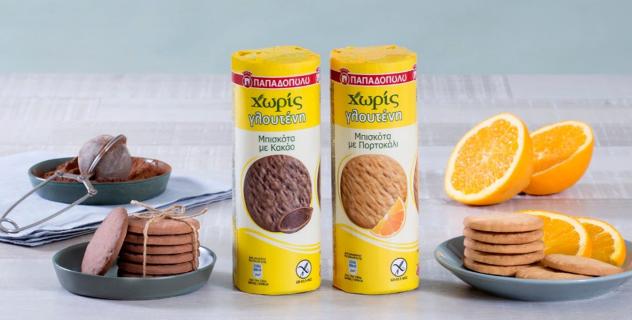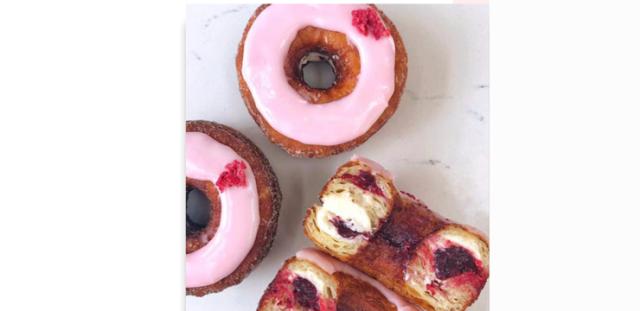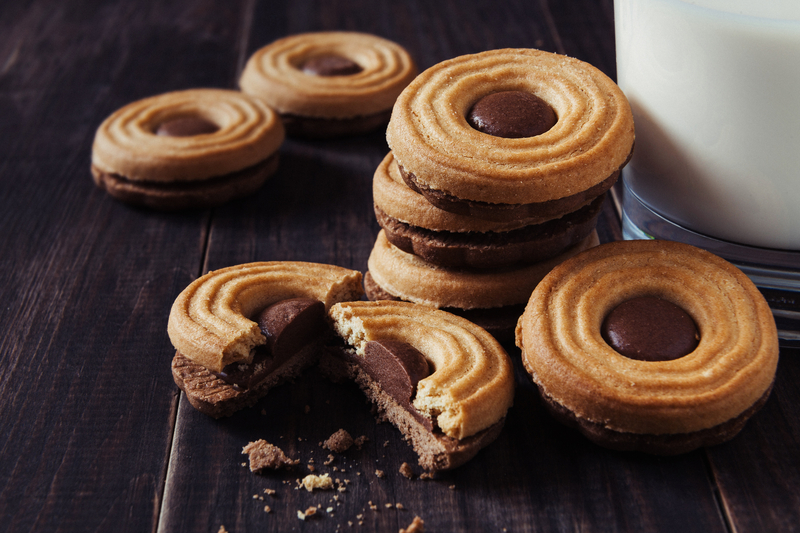Biscuit hardness problem
Hello everyone,
I have a problem with hard biscuit production, similar to petit beurre.
We are working on a diesel oven with 3 burners, each has separate temperature control.
upon cooling the biscuit, it becomes extremely hard to bite through, and when it does it tends to break from different spots, not where the teeth are biting.. Let's say like breaking glass, metaphorically speaking !
The color of the biscuit is perfectly fine, it's not burned or anything, just becomes hard when it cools..
is it the sugar? or the suryp?
We did make changes to the recipe, and found some improvements, changes were as follows:
We are using regular white sugar, each batch contains 100 kg flour, we started with 26kg sugar per batch, and adjusted the quantity to 15 kg per batch, it did get better noticeably, but not like the products that we find in the market.
We also use invert sugar, hand-made and not bought, what are the optimal quantities? we are currently adding 5.5 kg per batch.
As for glucose syrup, we tried using it a couple of times.. Didn't see much improvements though and so we stopped..
We also changed more than 8 sources of wheat flour, all gave the same result..
Anyone ever encountered such a problem and knows the reasons behind it?
Thanks in advance! :D
Discover how indigenous sorghum is reshaping biscuit innovation by offering a nutritious, gluten-free alternative to wheat flour.

As AI enters the biscuit industry, automating recipe development and roller design, Errebi Technology Spa reflects on the balance between innovation a...

E.J. Papadopoulos's gluten-free biscuits with orange and cocoa embody the fusion of sumptuous flavour and health-conscious ingredients.

Consolidated Biscuit's Morning Coffee Biscuits offer a unique and delightful way to enhance your morning routine

The next trend we have identified looks at finding that health-halo effect in your products, the correct balance between health and indulgence.











The score is based on the number of created courses at BPA (150 points per course), the number of the lectures given at BPC (100 points per lecture), published articles (20 points for every approved article in Our Experts category ), number of resolved questions (10 points for every resolved question) and the number of asked questions (5 points for every asked question). The list is showing only top 10 biscuit industry experts.



